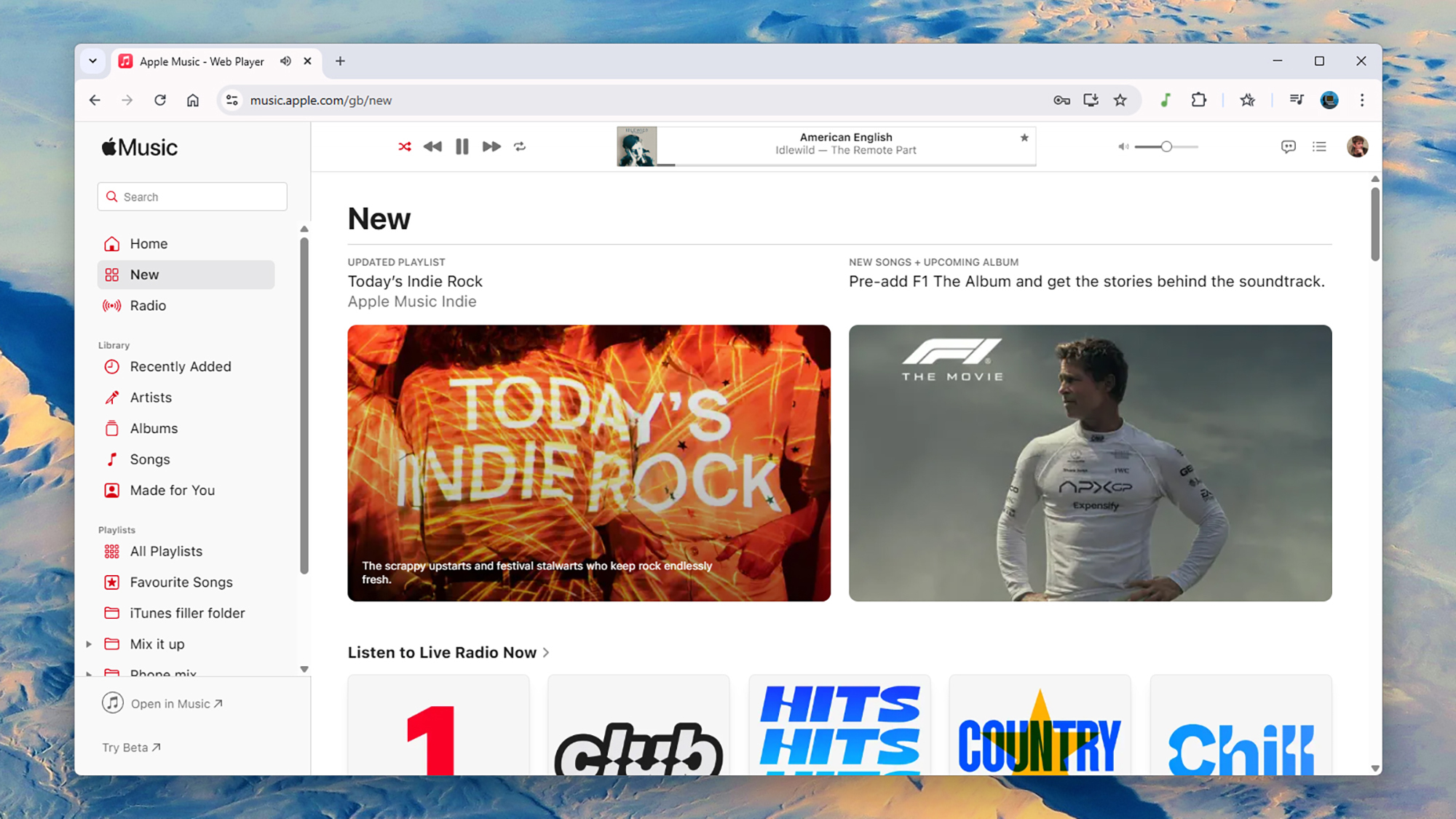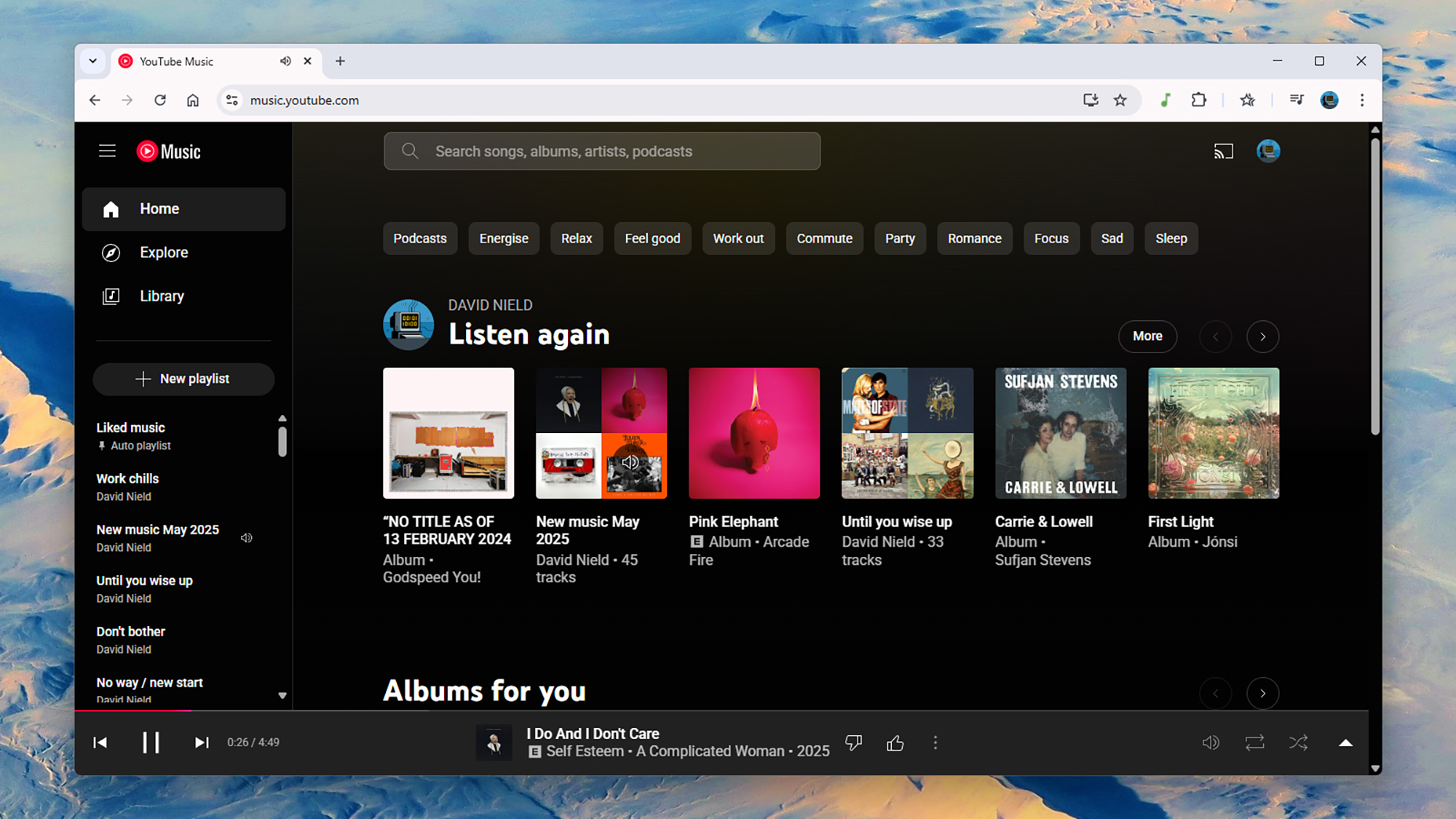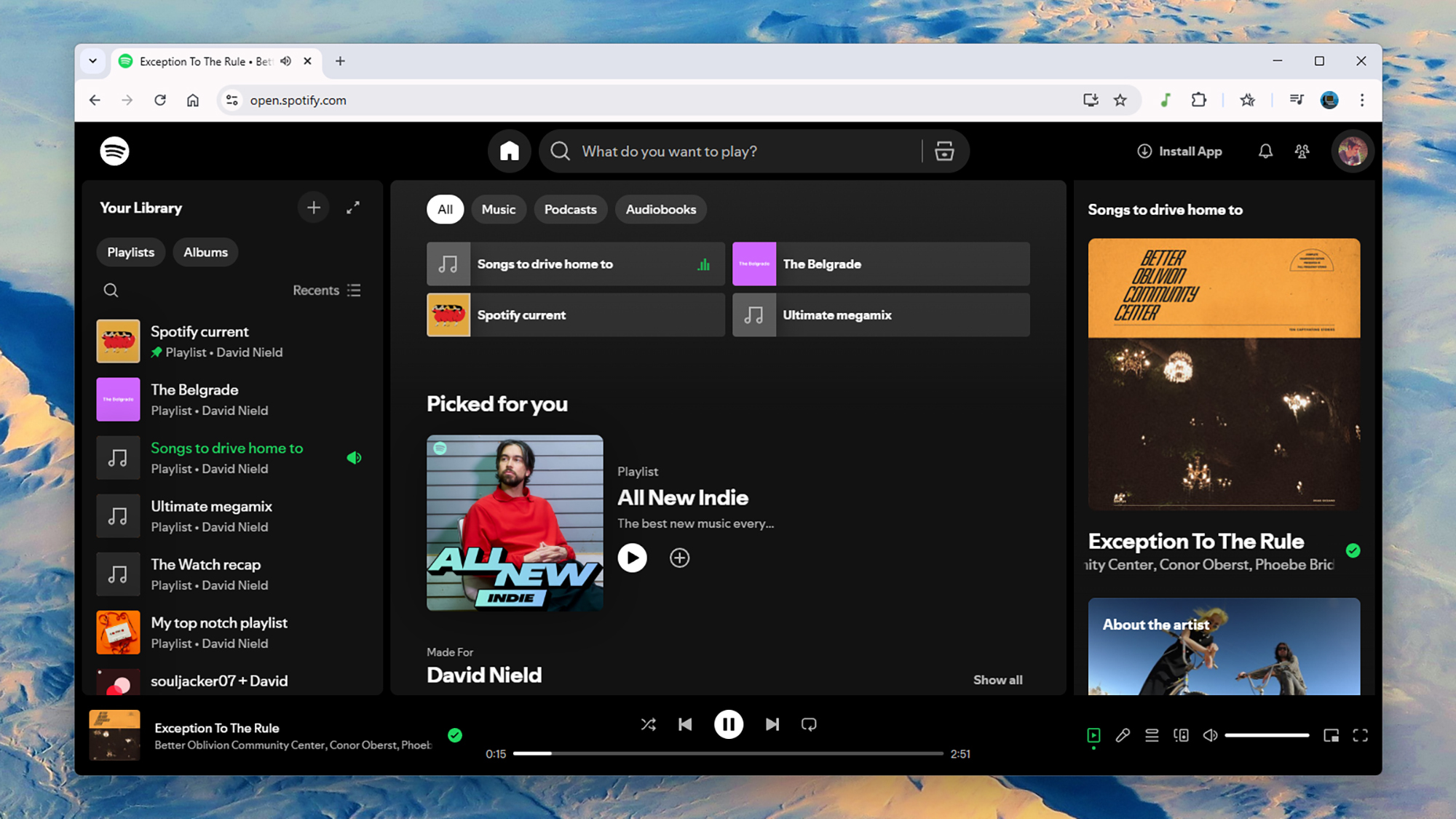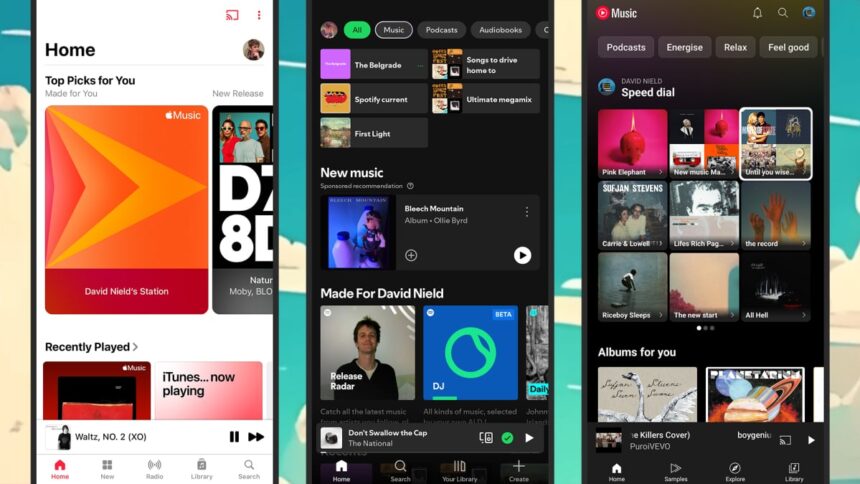The Case for Multiple Music Streaming Services
Music streaming platforms offer varied features and user interfaces, yet their content libraries are surprisingly similar. Subscribers tap into a vast array of millions of tracks, accessible on a multitude of devices.
Given this reality, signing up for multiple services seems redundant. Typically, users choose a single platform, grow accustomed to its functionalities, and establish playlists and listening habits that make switching difficult.
However, there is a unique situation here: some users maintain subscriptions to multiple streaming services. Understanding the distinct advantages of each platform reveals why some choose to engage with more than one. Even those who have only settled on a single service might not recognize the various nuances each one offers.
For some, this approach might appear excessive or costly. It’s worth noting that these different services can serve unique needs and preferences, depending on individual listening habits.
Before delving into the specifics of three prominent music streaming services, it’s important to highlight a supplementary tool: Last.fm. This platform tracks listening activity across various services, enabling insights into musical trends over time, even when users switch between different subscriptions.
Apple Music: The Classic Choice
Since the early days of digital music with iTunes, Apple Music has played a vital role in a user’s daily listening routine. The appeal of this service lies in its ability to integrate local music collections with a vast, on-demand selection. For dedicated fans, purchasing music remains a priority, ensuring continued support for artists.
Another compelling aspect of Apple Music is the user control over libraries and playlists. While algorithm-driven recommendations exist, many users prefer a more hands-on approach to organizing their music and selecting what to hear, rather than relying solely on automatically generated playlists.

Credit: DailyHackly
Smart playlists are central to this feature. They enable the creation of dynamic playlists based on various criteria, such as play counts, genres, and more. These playlists update automatically, ensuring users can rediscover tracks they haven’t listened to in some time without digging through their collection.
The time invested in curating these playlists can be substantial, allowing users to balance the newest tracks and cherished older favorites. If limited to one service in the future, Apple Music would likely be the choice.
YouTube Music: The Most Comprehensive Selection
YouTube Music stands in contrast to Apple Music by encouraging users to explore a vast network of music videos and discover new artists organically. The platform’s ability to recommend tracks based on individual tastes is unparalleled, thanks to user engagement with its diverse content.
This streamlined experience is accessible across numerous devices, from web browsers to TVs, phones, and tablets. Moreover, all listening activity on YouTube synchronizes with YouTube Music, allowing flexibility between audio and video playback depending on the preference.

Credit: DailyHackly
The platform boasts an unparalleled range of music, featuring live renditions, rare tracks, and fan-recorded performances that other services often lack. This breadth of content surpasses offerings from both Apple Music and Spotify.
YouTube Music offers the ability to queue playlists across multiple devices, enabling seamless transitions whether at home or on-the-go. Users can effortlessly switch between different playlists without losing track of their listening journey.
Spotify: The Choice for Power Users
Among the three services, Spotify emerges as the premier option due to its well-designed interface and feature set. With offerings like Blend playlists that fuse users’ musical preferences with friends’ tastes, along with AI-driven DJ features, Spotify excels in personalized experiences.
This service supports a wide array of third-party devices and applications, making it universally compatible. Unlike its competitors, Spotify’s broad accessibility simplifies sharing music across different platforms.

Credit: DailyHackly
Spotify is particularly valuable for music discovery. With features like Release Radar, which highlights new tracks from favorite artists, and Discover Weekly, which curates a mix of fresh and familiar tunes, the platform excels in keeping listeners engaged. Additionally, the unique playlists created by users add an element of surprise to the listening experience.
Ultimately, for those who prefer consistent experiences across devices, Spotify excels by ensuring playlists can be transferred effortlessly between devices, making it a preferred choice for many music enthusiasts.












